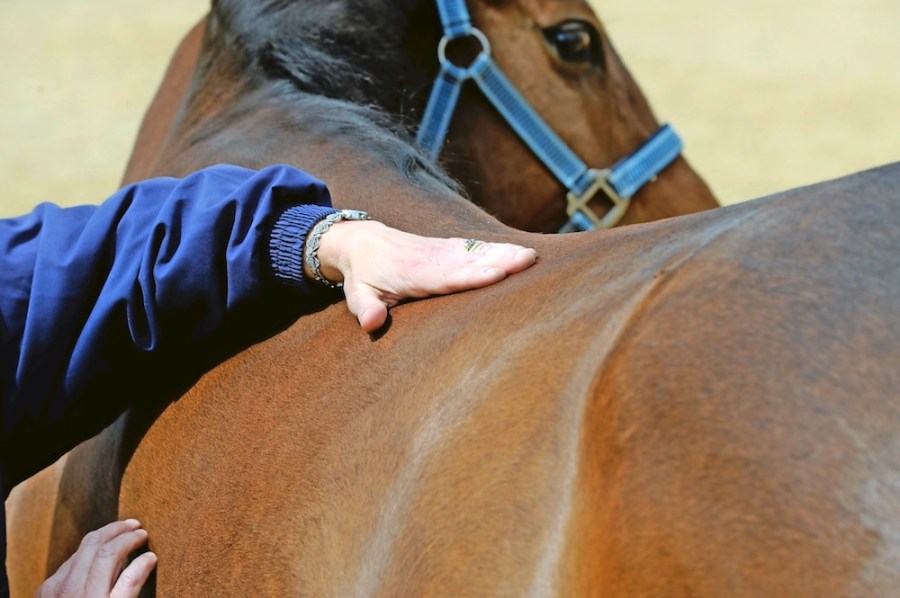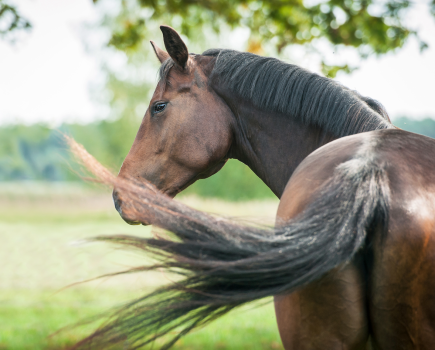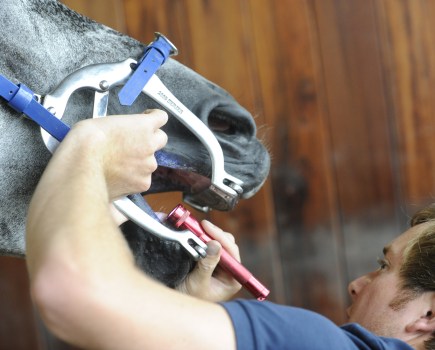Reader Hayley Stevens from the Cotswolds got in touch to ask how often her eventer should have a massage when he’s competing regularly. Equine Musculoskeletal Therapist Samantha Warkup has the following advice.
Event horses work super hard so it’s really important to give them a helping hand in between competitions and training. Massage is such a great way to aid the musculature system to reduce the risk of injury, improve performance and aid recovery times after competitions.
Generally speaking, throughout the season an eventer will benefit from a remedial massage session every six to eight weeks right from the start, although there are other factors that may affect this time frame.
For example, if your horse has gone through a harder few weeks with more competitions than usual, or he’s taken a tumble at a fence, then you may want to get your massage therapist out sooner.
The remedial massage
A remedial massage session works on a range of problems such as tension, muscle spasms, trigger points and strains. Tension within the horse’s muscles as a result of overuse can cause them to remain in a contracted state and unable to perform a full release, which places strain on the surrounding areas.
Treating tensions early prevents further problems, such as short, choppy strides, a refusal to jump or reluctance to work, due to being in pain. Remedial massage also works on trigger points, which are felt as a hard nodule in the muscle. Trigger points are caused by a reduced blood supply to the muscle, starving the area of oxygen and causing a build-up of waste products. If left untreated, they can cause a shortened, weaker muscle, which will have a negative impact on your horse’s performance.
The competition massage
It’s common for a horse’s muscles to become sore and inflamed following intense exercise. This is because the horse has to switch to using his anaerobic system, which produces a build-up of lactic acid and metabolic waste.
This is where your massage therapist can help by performing a post-competition massage, at least 30 minutes after exercise, which helps speed up the recovery process by encouraging lactic acid back into the horse’s lymphatic system. This reduces the chance of sore and inflamed muscles, so your horse will be in top condition for his next training session.
Don’t miss the latest issue of Your Horse magazine, jam-packed with brilliant training ideas, horse care tips and the latest equestrian gear plus much more.









